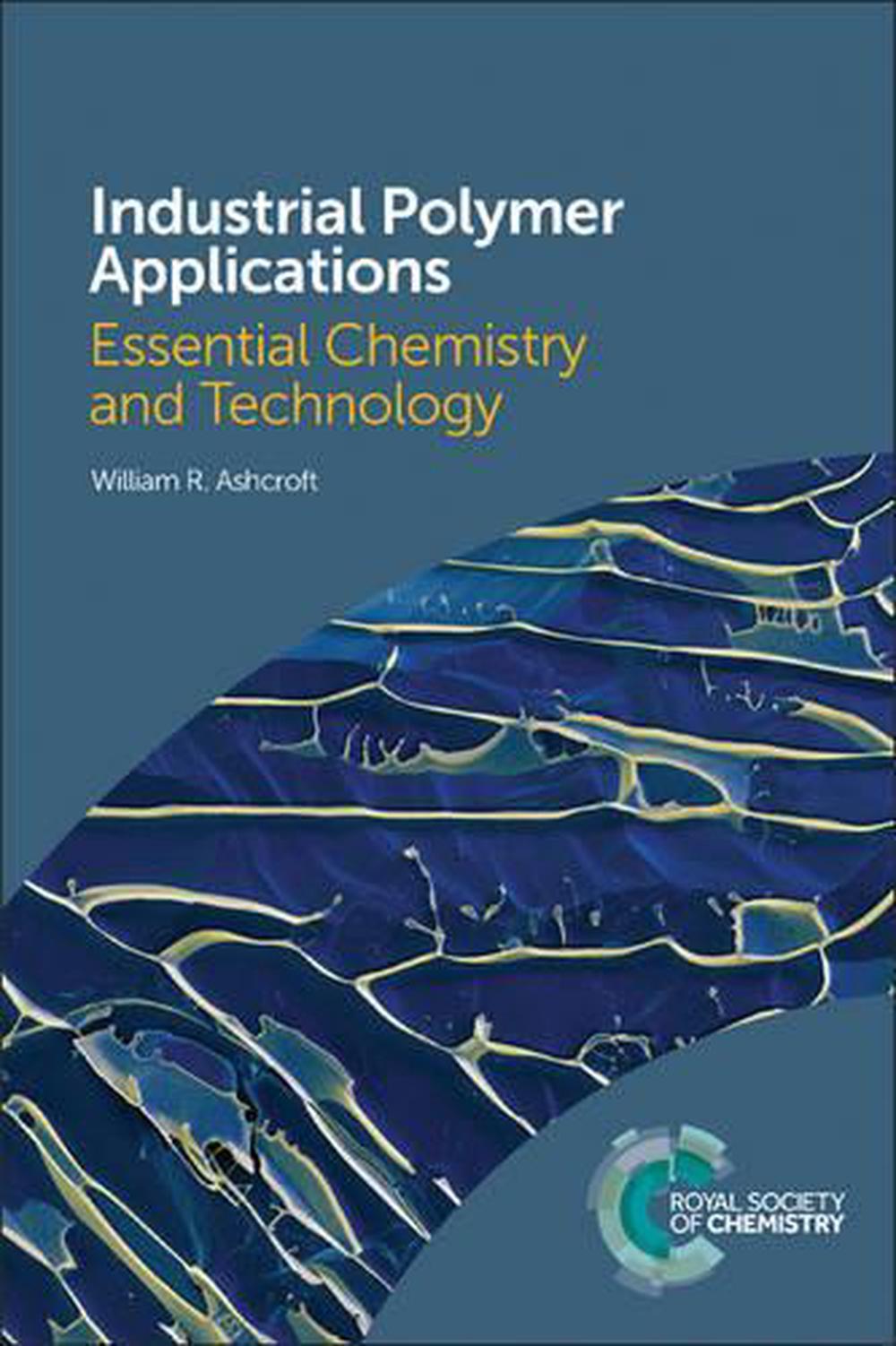
Industrial Polymer Applications
essential chemistry and technology
- Paperback
221 pages
- Release Date
23 September 2016
Summary
Industrial Polymer Applications provides a comprehensive overview of the diverse properties and applications of thermoset and thermoplastic polymer technologies used routinely in the modification, protection, repair, restoration and bonding of the main classes of industrial engineering materials such as concrete, masonry, wood, metal, rubber, plastic, glass and advanced ceramics.
The Author, with extensive industrial experience in the design and development of polymeric adhesives, co…
Book Details
| ISBN-13: | 9781782628149 |
|---|---|
| ISBN-10: | 1782628142 |
| Author: | William R. Ashcroft |
| Publisher: | Royal Society of Chemistry |
| Imprint: | Royal Society of Chemistry |
| Format: | Paperback |
| Number of Pages: | 221 |
| Release Date: | 23 September 2016 |
| Weight: | 338g |
| Dimensions: | 234mm x 156mm x 13mm |
You Can Find This Book In
What They're Saying
Critics Review
I would recommend the book to anyone involved in technical capacity in construction including: architects; civil engineers; surveyors; consulting engineers; and anyone involved in testing and analysis of construction materials.
About The Author
William R. Ashcroft
James G. March is the Jack Steele Parker Professor of International Management and a professor of political science and sociology at Stanford University. Professor March is the author and co-author of numerous books and hundreds of journal articles on organizations, decision making, and leadership. He lives in Stanford, California.
Returns
This item is eligible for free returns within 30 days of delivery. See our returns policy for further details.




